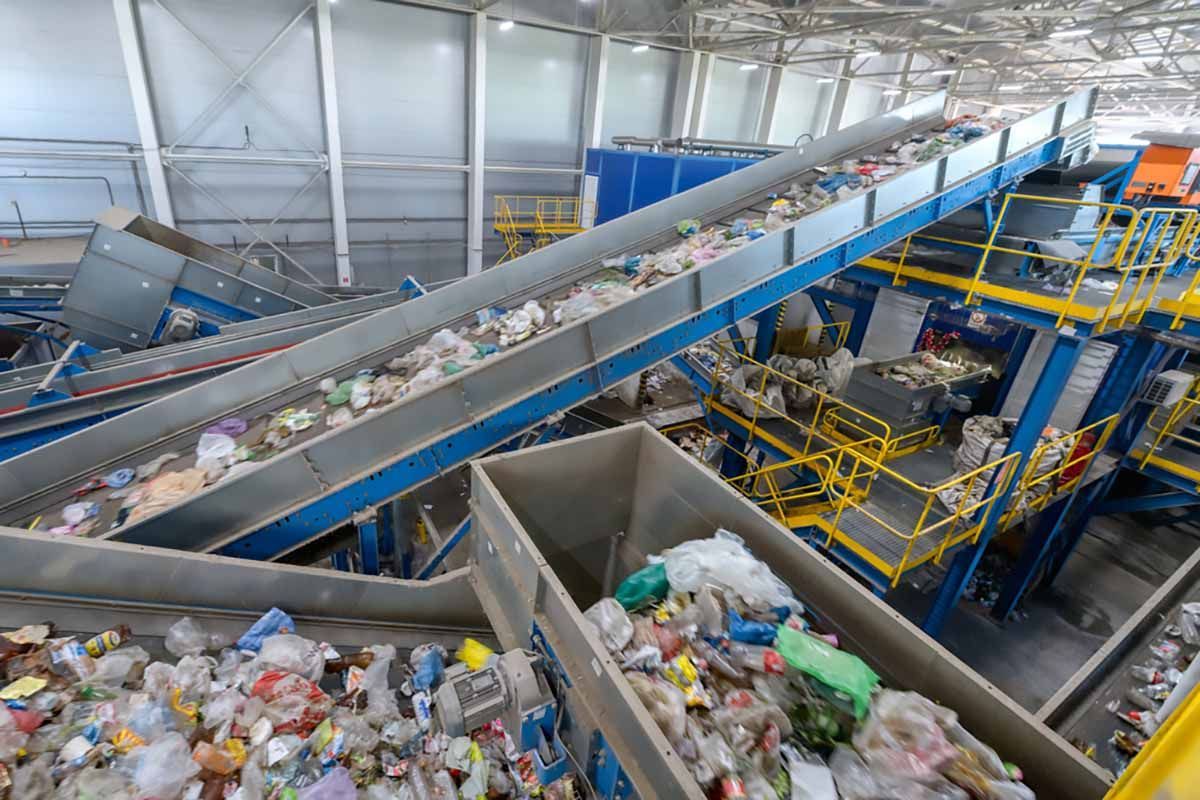Natural Gas: Bridge or Anchor?
June 16, 2020
This week's NERC guest blog is courtesy of As You Sow, a leading shareowner advocacy organization and a proponent of sustainable investing. The original post can be found here.
By Lila Holzman and Daniel Stewart
“We have been talking about, for the last few years, gas as the bridge… There is an inevitability about bridges, which is that sooner or later you get to the end of the bridge." — Adnan Amin, International Renewable Energy Agency.
The window of opportunity to prevent catastrophic climate change is narrowing. The world is already experiencing harmful impacts surpassing earlier projections, and such harms will only increase as “business as usual” emissions continue. The scale of decarbonization must ramp up quickly to prevent the climate crisis from destroying value across the global economy and putting investor portfolios, and life as we know it, at extreme risk.
Recognizing the critical role the energy sector plays in mitigating climate risks, investors have productively engaged with utilities for years, moving them to better address the risks associated with their operations. First, shareholders filed resolutions raising concerns about the risk of stranded coal plant assets. Such concerns proved more than justified. We are now witnessing a wave of early coal plant retirements — a trend with no sign of slowing or reversing.
Shareholders next sought broad analysis of low-carbon scenarios and began to push utilities to set ambitious greenhouse gas reduction targets. Xcel Energy, a company As You Sow has engaged for years, became the first U.S. utility to set a net-zero by 2050 emissions target in the fall of 2018. Since then, several utilities have joined the “net-zero” bandwagon, showing remarkable progress. Utilities that previously said they would never consider absolute or net-zero targets, have come around — driven by investor pressure, market forces, and technological advancement, among other factors.
Yet, despite strong targets, when assessing whether utility plans seem fit for the task of actually achieving such targets, investors are uncovering an alarming disconnect: most utilities are continuing to invest heavily in natural gas. Undeniably, natural gas has played an important role in moving energy systems off coal-fired generation. However, natural gas is a fossil fuel that generates considerable climate impacts in its own right, through methane leakage across the supply chain and through direct combustion emissions.
According to Rocky Mountain Institute, billions of dollars of investment in natural gas infrastructure is ramping up across the U.S. This investment drive, which includes power plants and pipelines with multi-decadal lifespans, is prompting strong concern. How can utilities reach net zero goals and avoid stranded assets, while building out long-lived, fossil fuel-based natural gas infrastructure?
As You Sow and Energy Innovation released a report in March to inform investors about the evolving risks associated with natural gas within the power sector: Natural Gas: A Bridge to Climate Breakdown. The report sheds light on how the proliferation of natural gas infrastructure threatens shareholder value — from investor portfolio risk, to company-level physical risk, regulatory and technological transition risk (including stranded assets), and reputational risk. To achieve climate stabilization, and protect investor portfolios from global climate risk, the bridge of natural gas and its associated emissions must have a clear end.
Powerful forces are mounting in favor of clean alternatives over continued natural gas build. Increased levels of awareness, activism, and grassroots mobilization are bringing climate change to the forefront of public attention and increasing pressure on policymakers and companies to address greenhouse gas emissions. In terms of economics, clean energy alternatives are increasingly cost-competitive with gas. In almost all jurisdictions, utility scale wind and solar, without subsidies, now offer the cheapest source of new electricity. Local and state legislative commitments to ambitious clean energy goals are also on the rise, as is legislation specifically focused on curbing the use of natural gas. The electrification of buildings and vehicles further present opportunities to grow new electricity demand that can be met by clean resources.
In the face of these drivers and concerns, investors have a unique role to play in the clean energy transition. Investors are well positioned to encourage power utilities to reduce the investment risks associated with an overreliance on natural gas and have begun engaging on these issues with some of the largest natural gas-reliant utilities in the U.S.
Shareholders must continue to work with such utilities to push for greater transparency and ambition on ending the trend of continued natural gas reliance and to avoid a repeat of the early retirements being experienced by coal plants.
Disclaimer: Guest blogs represent the opinion of the writers and may not reflect the policy or position of the Northeast Recycling Council, Inc.
Share Post





